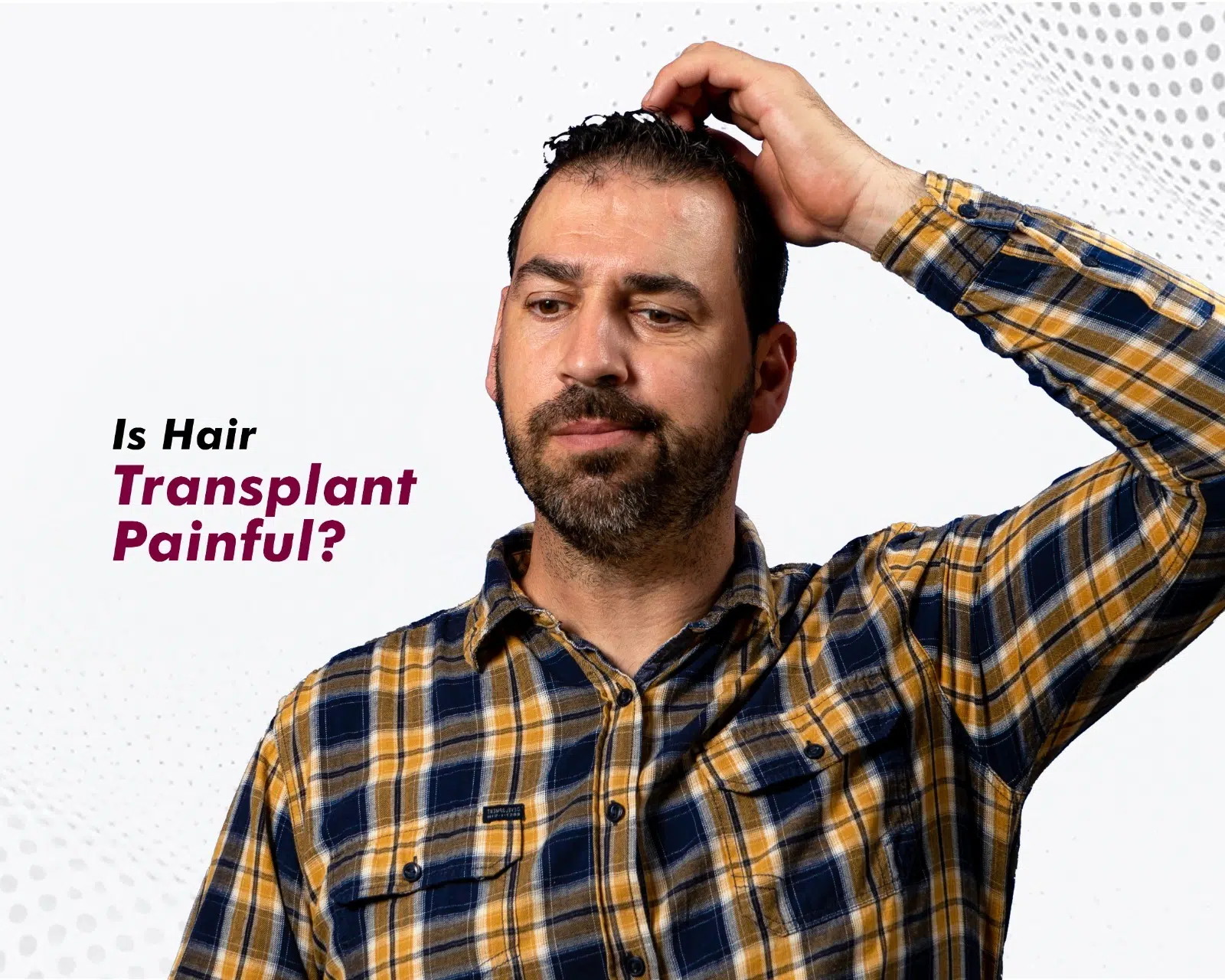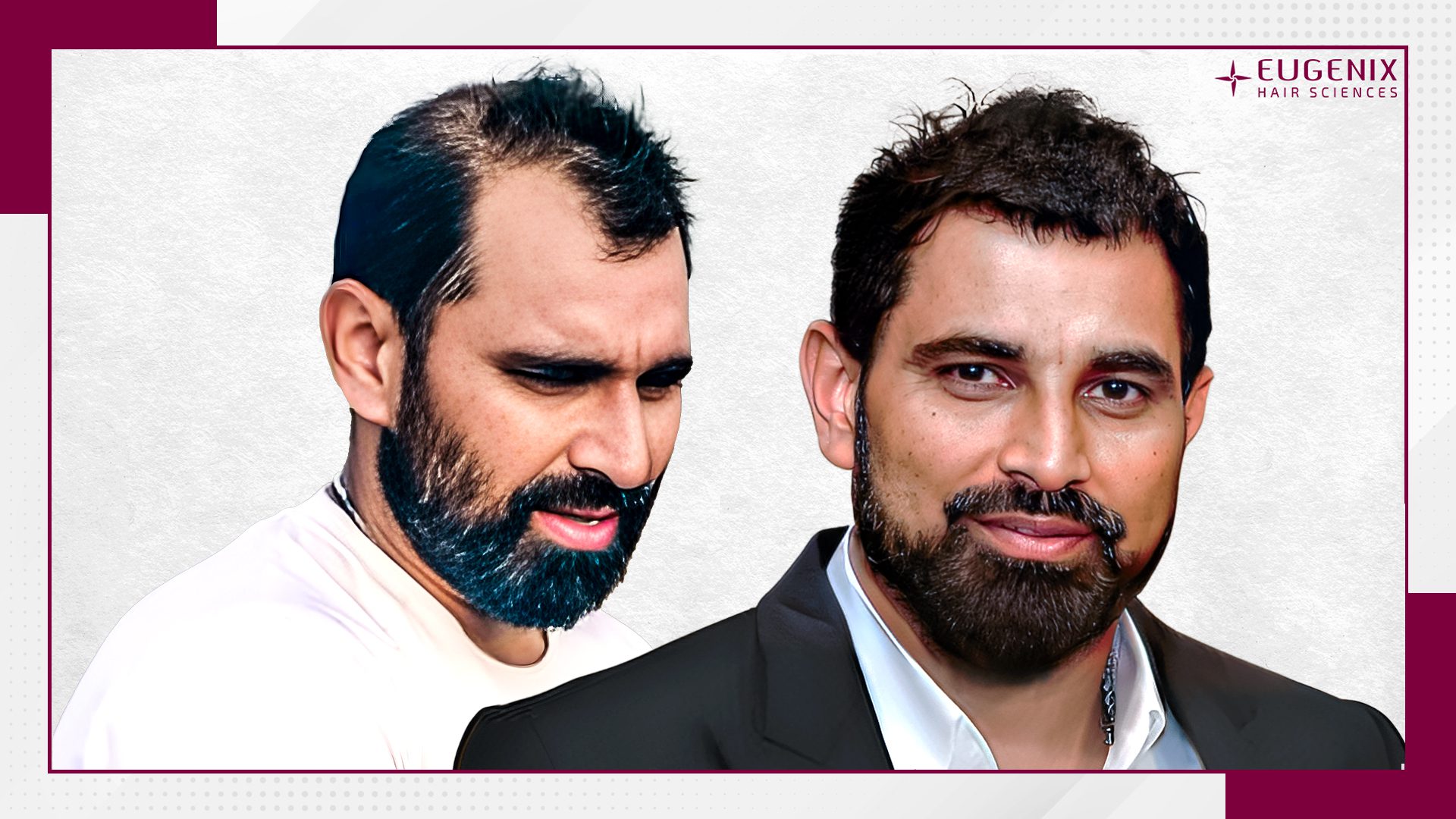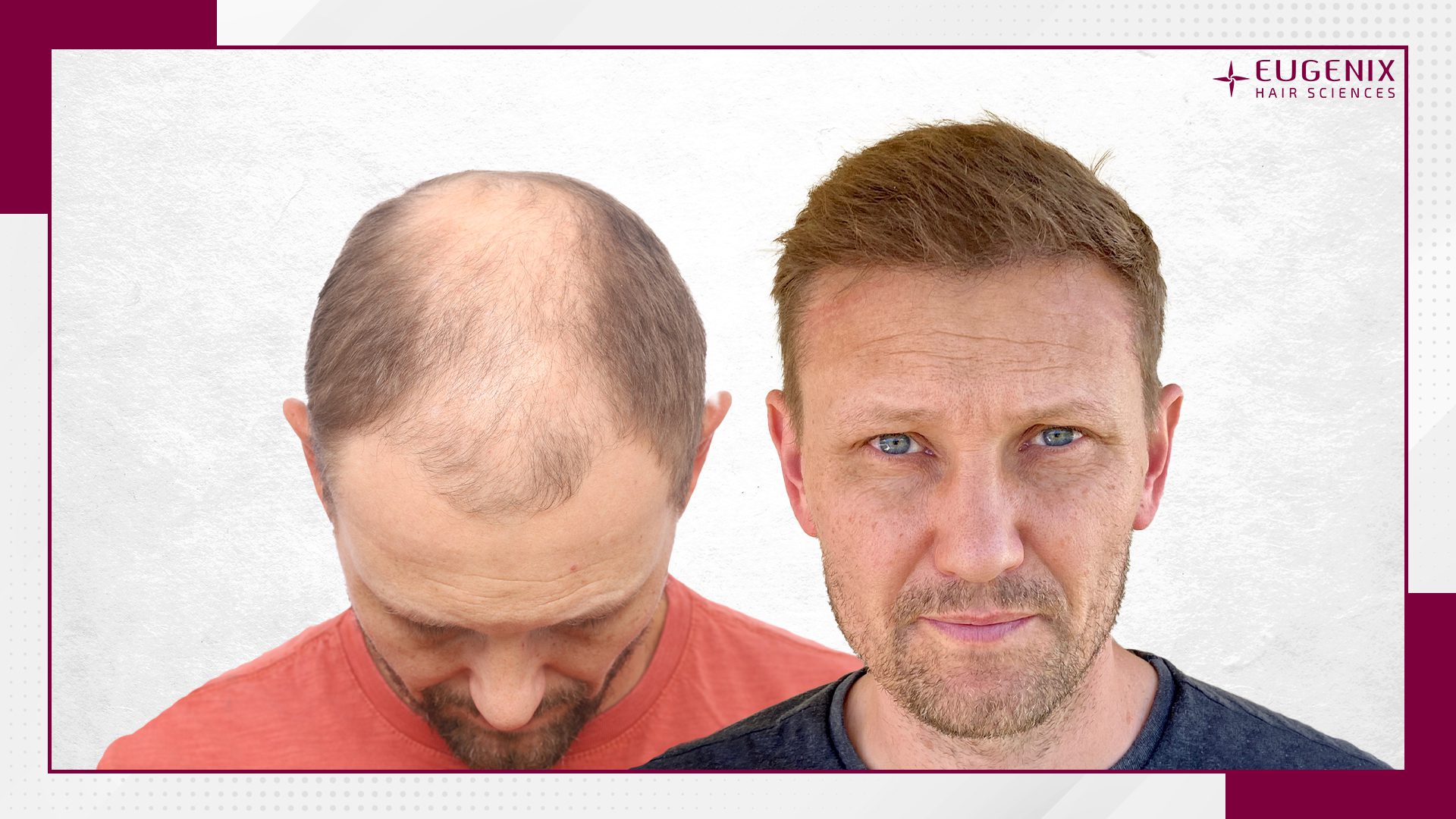Minimally Invasive Hair Transplant Procedure
Hair transplant surgery is generally considered a minimally invasive procedure. While some discomfort is to be expected, modern pain management techniques effectively minimize any potential pain.
Here’s a breakdown of what to expect:
- Anesthesia: Local anesthesia is administered to numb the scalp before the procedure begins. This medication is typically injected into the scalp in a tumescent manner, meaning a solution is used that includes anesthetic medication, a numbing agent (lidocaine), and a vasoconstrictor (epinephrine) to minimize bleeding. The tumescent solution creates a wheal or bump on the scalp, which can feel like a mosquito bite, but it effectively numbs the area for the entire procedure.
- Discomfort During Extraction: Depending on the technique used, you may experience some tugging or pressure during follicular unit extraction. However, the local anesthesia significantly reduces any pain sensation. With FUE, some patients describe feeling pressure changes as the extraction tool removes the follicular unit. Discomfort during FUT may be slightly more noticeable due to the strip harvesting technique, but the local anesthesia effectively minimizes any pain.
- Post-Operative Discomfort: Following the procedure, some soreness and tenderness in the scalp are common. This is typically manageable with pain medication prescribed by your surgeon. The discomfort is often described as a sunburn-like sensation and usually peaks within 24-48 hours after surgery. Following the surgeon’s instructions for applying cold compresses to the scalp can help alleviate this discomfort.
Effective Pain Management Strategies:
Hair transplant surgeons prioritize patient comfort and employ a multi-pronged approach to effectively manage pain throughout the procedure and during recovery:
- Local Anesthesia: The cornerstone of pain management in hair transplants is local anesthesia.
- Pain Medication: Your surgeon will likely prescribe pain medication to manage post-operative discomfort. These medications are typically mild pain relievers, such as ibuprofen or acetaminophen. Following the prescribed dosage is crucial for optimal pain management. Some surgeons may also recommend taking the medication proactively before the procedure begins, which can further reduce any potential discomfort.
- Scalp Cooling: Applying cold compresses to the scalp immediately after the surgery can help reduce swelling and alleviate post-operative discomfort. The surgeon will typically provide specific instructions on how and how often to use cold compresses.
- Relaxation Techniques: While the local anesthesia effectively numbs the scalp, incorporating relaxation techniques like deep breathing or meditation before and after the procedure can further reduce anxiety and potentially heighten pain tolerance. Focusing on calming techniques can create a more positive and comfortable experience.
Factors Influencing Pain Perception:
While pain management strategies are highly effective, individual pain tolerance can vary. Here are some factors that may influence your pain perception during a fue hair transplant procedure:
- Pain Tolerance: Some individuals naturally have a higher pain tolerance than others.
- Needle Anxiety: For those with a fear of needles, the initial injection of local anesthesia might cause some anxiety and potentially heighten the perception of discomfort.
- Communication is Key: Open communication with your surgeon about your pain tolerance and any anxieties is crucial. They can tailor the pain management strategy to effectively address your individual needs.
Minimizing Discomfort and Promoting Healing:
Beyond the strategies employed by the surgeon, there are steps you can take to minimize discomfort and promote a smooth recovery:
- Realistic Expectations: Understanding that some temporary discomfort is a possibility helps manage expectations and eases any anxieties.
- Relaxation Techniques: Practicing relaxation techniques like deep breathing or meditation before and after the procedure can help manage anxiety and potentially reduce pain perception.
- Post-Operative Care: Following your surgeon’s post-operative instructions meticulously is crucial for optimal healing and minimizing discomfort. This may include applying cold compresses to the scalp, maintaining good hygiene, and avoiding strenuous activity for a recommended period.
Hair transplant surgery, when performed by a qualified and experienced hair transplant surgeon, offers a safe and effective solution for hair loss, with pain effectively managed using modern techniques. By understanding the pain management strategies employed during the procedure and taking steps to minimize postoperative discomfort, you can confidently embark on your hair restoration journey. Remember, open communication with your surgeon is key to ensuring a comfortable and successful hair transplant experience.














